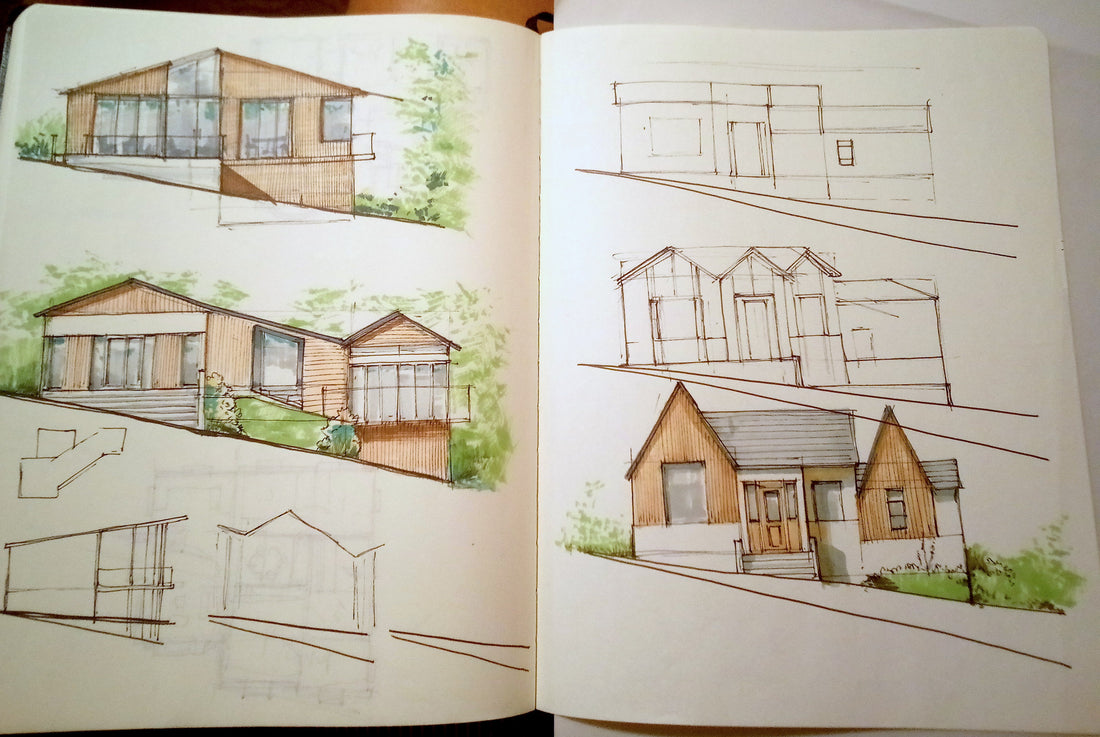
Designing a Miniature Dollhouse Kit Model
Designing a Miniature Dollhouse Kit Model

Designing a Miniature Dollhouse Kit Model: Design - Inspiration abound!
History shows a huge interest by miniaturists for Tudor, Georgian and Victorian Designs. I went to Europe late, only gaining my passport at 28 years old, now being 36 and still enjoying the novelty and endlessly grateful for the privilege of being able to have such a document. This moving around has led me to see some wonderful architecture from the ornate beamed buildings present in the UK’s South Wold, Lavenham and Canerbury, to the ancient stone ruins of the Balearic Islands, the quaint decorative and playful shops and frontages of Tours and LeMans in France with the Nouveau Arts and Crafts curves and swooshes, and most recently the old world charm of Montenegro with its continued adoration of classical elements applied to new build concrete and clockwork core buildings; often now given a nod towards a modern twist with sharp edges to curved balcony colonnades and LED lights. The variety of styles this world has to offer has been an eye-opening experience to what should be created in a scaled format and why I have taken it as my personal aim to embrace nuances of these architecture styles into my work. I love flamboyant interiors and exteriors, variety of form and playful colours. Equally I enjoy the occasional foray into sheer grime and ageing that provides realism to the models.

Test
Each kit is tested multiple times, sometimes with minor changes, sometimes with monumental changes to get an aesthetic that works. Take for example the Tiger Tea Rooms model. This model began life as a 1:72nd scale, then moved to a 1:144th scale and in-between the proportions of the entire build changed to give it the more delicate upright form that is now recognisable.
Create
Once the kit’s design has been completed and appears successful as a design. The next step is to formulate a step by step guide to a suitable method of buildings it. These guides are built piece at a time. This starts with the drawings – each journal is drawn in-house and each part of each drawing is a separate drawn element. Each diagram is put into sequence and annotated.
Once complete, I locate a willing test subject and have my beastly way with them but setting the the challenge of following the guide. This normally goes hand in hand with coaxing by way of a well cooked meal or copious cups of tea. The process is discussed and the model / model and journal adjusted to suit the easiest method. This editing usually leads to a second build from the revised journal and often this is carried out by a second individual to ensure that all instructions are being perceived correctly and to flag up any additional thoughts, queries or errors that may come to light with fresh eyes.
When satisfied, the kit can be moved to production and a demo model or models completed and put on public display.